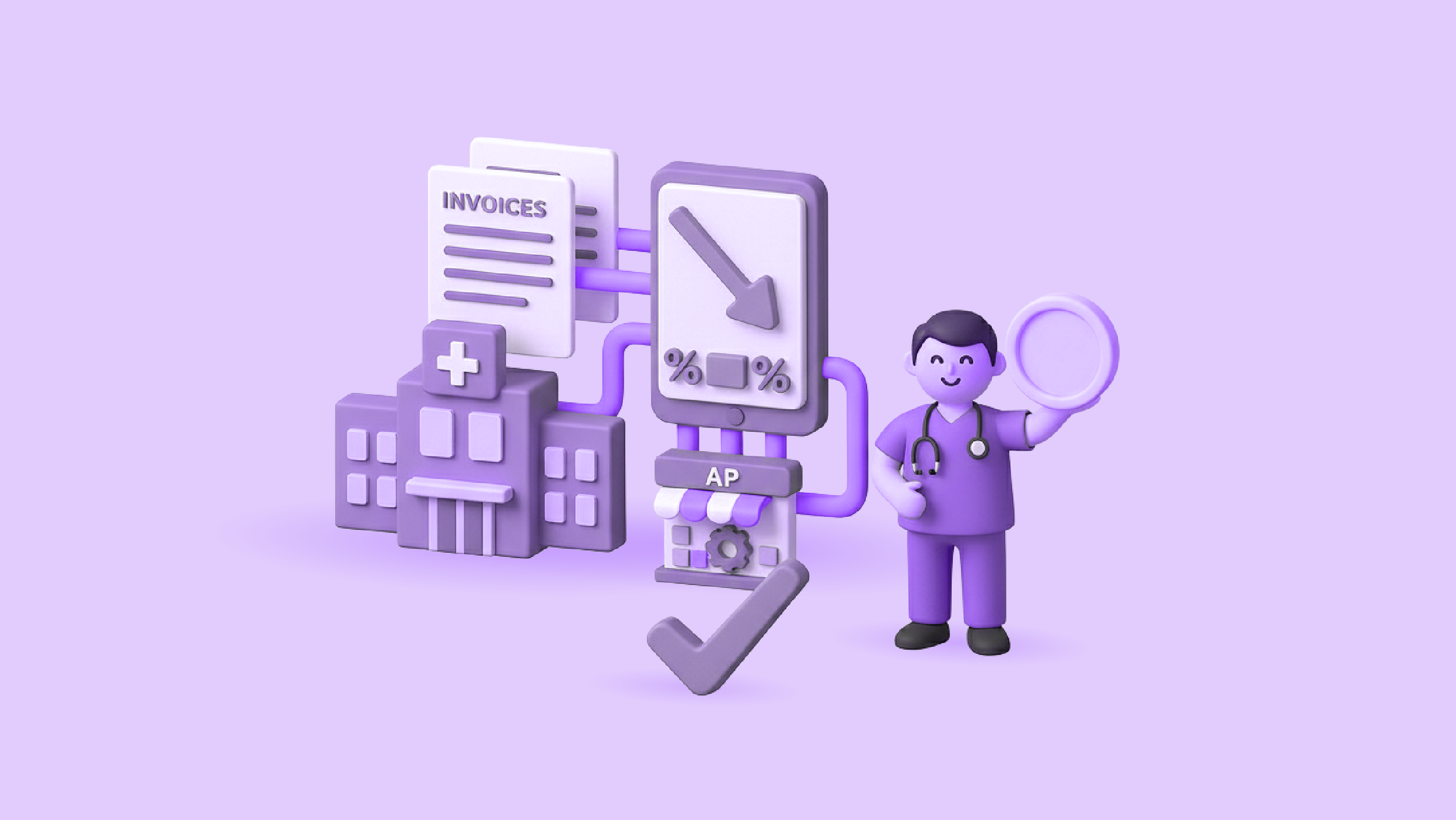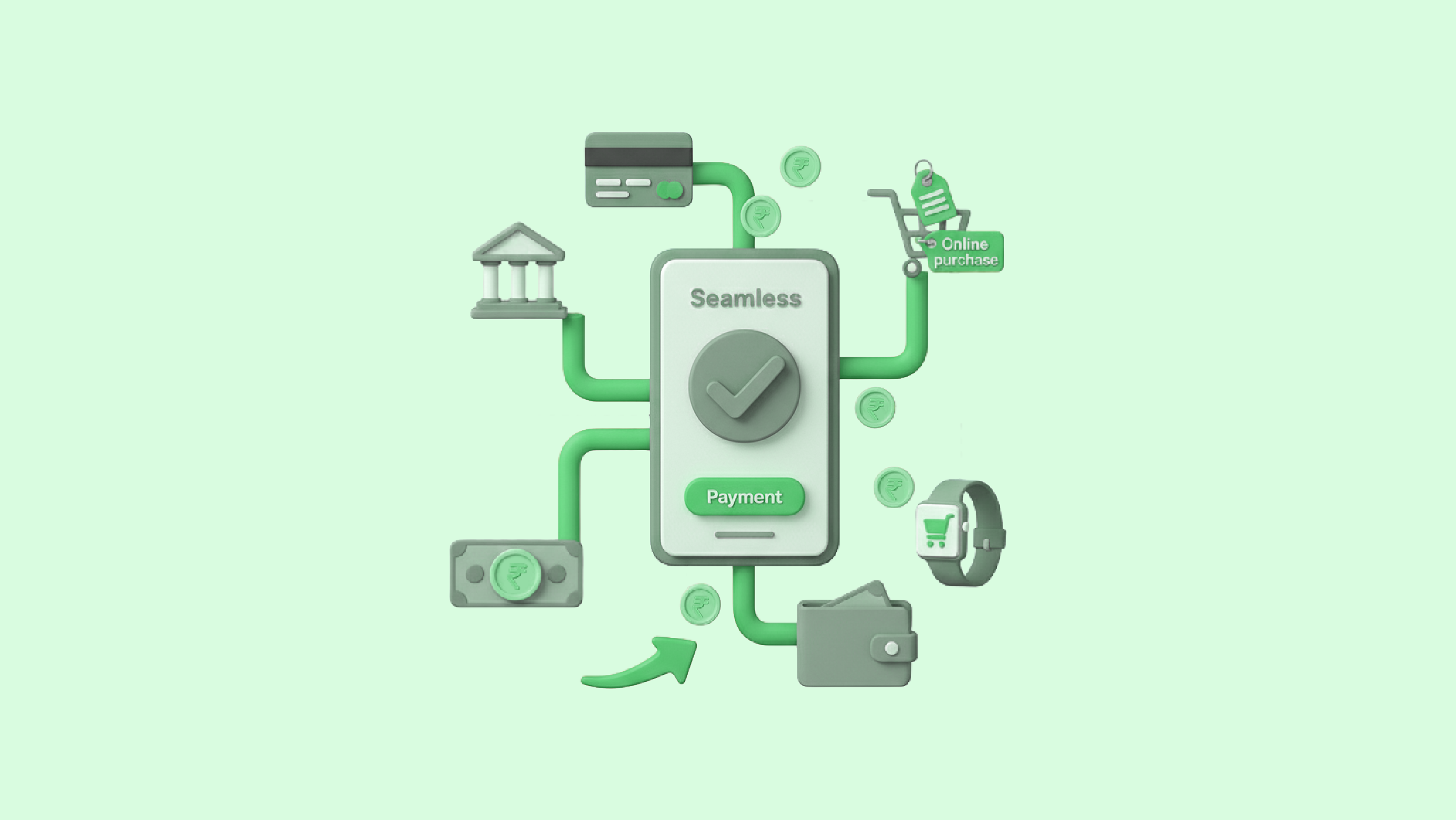In India’s rapidly growing yet fiercely competitive healthcare sector, every rupee saved on administrative overhead is a rupee that can be reinvested into better patient care, advanced equipment, or facility upgrades. For many hospitals, clinics, and diagnostic centres, the most significant silent drain on resources isn’t in the operating theatre, but right in the finance department: the manual Accounts Payable (AP) process.
If your finance team is still drowning in stacks of paper invoices, chasing signatures for vendor payments, and spending days on GST reconciliation, you are carrying unnecessary baggage. The solution? Strategic Healthcare AP Automation.
Accounts Payable (AP) automation is no longer just for large corporate houses. It is the vital injection of efficiency that Indian healthcare organizations of all sizes need not only to survive but thrive.
The Unseen Costs of Manual AP in the Health Industry
When we discuss cost-cutting in the healthcare industry, the conversation often centers on the procurement of medical supplies or energy consumption. However, the costs associated with a manual, paper-based AP system are substantial—and usually overlooked.
For an Indian healthcare business, the manual AP process is plagued by several costly inefficiencies:
- High Processing Costs: According to global estimates, manually processing a single invoice can cost anywhere from ₹500 to ₹1,500. Multiply this by hundreds of invoices a month for medicines, disposables, equipment maintenance, and facility utilities.
- Wastage of Employee Time: Your experienced finance professionals spend up to 70% of their time on mundane, repetitive tasks like manual data entry, physical filing, invoice matching, and chasing internal approvals. This is time that could be spent on strategic financial planning or tackling complex regulatory compliance.
- The Price of Errors: Manual data entry inevitably leads to errors—a misplaced decimal, a wrong vendor code, or a double payment. Correcting these mistakes is a time-sink that affects accurate budgeting, financial reporting, and even GST filing.
- Missing Out on Early Payment Discounts: Many Indian vendors offer a small but significant discount (e.g., 1-2%) for payment within 10-15 days. Manual approval cycles often drag on for 20-30 days, causing your organization to consistently miss out on these easy savings.
- Late Payment Penalties: Slow, manual processing can result in missed due dates, leading to late fees, interest charges, and, most importantly, strained relationships with critical suppliers of life-saving equipment and medicines.
The Core Benefits of AP Automation in Healthcare
Implementing an Accounts Payable automation solution transforms your finance department from a cost centre into a strategic powerhouse. Here’s how invoice automation directly translates into tangible cost savings:
1. Slash the Cost of Invoice Processing
Automation solutions use advanced technology like Optical Character Recognition (OCR) to digitally capture, read, and extract data from invoices (even paper ones!) with near-perfect accuracy.
- Actionable Insight: The cost-per-invoice can be reduced by up to 80% once you move from paper-based to fully digital processing. For a mid-sized diagnostic lab handling 500 invoices a month, this can save lakhs of rupees annually just in labour and printing/storage costs.
- Pro Tip for Indian SMEs: Look for a solution that handles various Indian invoice formats and can instantly verify vendor GST details to ensure input tax credit eligibility.
2. Maximize Early Payment Discounts
With automated workflows, invoices are instantly digitized and routed to the correct approver (e.g., the Head of Pharmacy for medicine bills, or the Facility Manager for utility bills).
- Realistic Example: A hospital uses Healthcare AP Automation to set up a rule: any invoice under ₹50,000 is auto-approved if matched to a Purchase Order (PO). Larger invoices go to the CFO but with an automated 24-hour reminder. This drastically reduces approval time, ensuring you hit that 10-day window for vendor discounts, turning a potential late fee into pure savings.
3. Eliminate Costly Errors and Fraud
Automated systems enforce a 2-way or 3-way match (Invoice vs. PO vs. Goods Receipt) without human intervention. This prevents duplicate payments, overpayments, and potential fraudulent invoices from ever reaching the payment stage.
- Financial Control: The system flags any discrepancy—like a rate mismatch between the PO and the invoice—for human review, acting as a tireless, 24/7 internal auditor that is far more reliable than a manual cross-check.
4. Streamline Compliance and Audit Preparation
Indian healthcare organizations must maintain meticulous records for regulatory bodies and for seamless GST compliance.
- Compliance Made Easy: AP Automation in Healthcare creates an immutable, digital audit trail for every single invoice, showing who approved what and when. This digital storage eliminates the cost and headache of physical filing and makes audit preparation—a process that normally takes weeks—a matter of minutes.
- GST Efficiency: A well-integrated system can automatically reconcile vendor invoices with your GSTR filings, minimizing the risk of penalties and ensuring you claim all eligible input tax credits.
5. Better Cash Flow Management and Forecasting
With real-time visibility into every outstanding payable, your finance team can strategically schedule payments. You know exactly what’s due tomorrow, next week, and next month.
- Strategic Advantage: Instead of rushing to pay a bill you just found under a stack of files, you can hold onto your cash until the last possible day without incurring late fees, allowing you to optimize working capital—a key advantage for managing the high, fixed costs of medical operations.
Leveraging Technology to Prioritise Patient Care
Ultimately, the core mission of any healthcare organization is to deliver exceptional patient care. When your finance team is liberated from mountains of paperwork, they can focus their attention on high-value tasks that support this mission:
- Strategic Procurement: Analysing vendor spending to negotiate better bulk deals on critical supplies.
- Operational Cost Analysis: Providing leadership with accurate, real-time reports to identify and reduce operational wastage.
- Regulatory Focus: Ensuring seamless compliance with evolving health and financial regulations.
The shift from manual AP to an automated system is not just an upgrade for your finance department; it’s a commitment to operational excellence that directly impacts your bottom line and frees up resources for your primary purpose.
Ready to Modernise Your Healthcare Finance?
Don’t let outdated accounting processes hold back your organization’s growth or divert funds away from patient care. Leveraging the power of modern connected banking and accounting automation is the most effective way to achieve significant, long-term cost savings.
Discover how OPEN Money AP Software can seamlessly integrate with your existing systems to automate invoice processing, streamline approvals, and give you real-time visibility and control over your accounts payable. Transform your AP process today and focus your resources where they matter most: on healing.
FAQ: Healthcare AP Automation for Indian Businesses
Is AP automation only suitable for large hospitals?
No. Even a small clinic or diagnostic centre with high invoice volume (e.g., from medical supplies, lab reagents, and utilities) can see significant ROI by eliminating manual labour and late fees. The scalability of cloud-based solutions makes them accessible for all sizes.
How long does it take to implement AP automation?
Implementation time varies based on the size of the organization and the complexity of existing systems. Simple cloud-based solutions can be up and running in a few weeks, with full integration taking a couple of months.
Will AP automation integrate with my existing Tally/ERP system?
Most modern AP automation platforms, like OPEN Money, are designed for seamless, two-way integration with popular Indian accounting software and ERPs like Tally, SAP, and others, ensuring data consistency.
What happens to my old paper invoices?
Many solutions offer a “Digital Mailroom” service or robust scanning features that use OCR technology to convert your existing and incoming paper invoices into digital data, allowing you to store them securely and ditch the physical archives.
How does it help with GST compliance?
The system can automatically capture the GSTIN from the invoice, verify it against the vendor’s record, and ensure the amount is correctly calculated and categorized, simplifying your GSTR filing and reconciliation process.
Can I customise the approval workflow?
Absolutely. A key benefit is the ability to create customized, multi-level approval workflows—e.g., an invoice over ₹1 Lakh requires approval from the Department Head and the CFO—to enforce better internal control and compliance.
Is my vendor and payment data secure?
Reputable fintech platforms use bank-grade security and encryption (such as 256-bit AES) to protect your sensitive financial data, offering a much higher level of security than manual, paper-based systems.
How does it prevent fraudulent payments?
The system detects anomalies like duplicate invoice numbers, inconsistent vendor bank details, and payment amounts that don’t match the PO. Any suspicious activity is flagged instantly for manual review.
Will this technology require me to hire new staff?
Quite the opposite. AP automation acts as a ‘labour extender,’ allowing your existing finance team to handle significantly more volume without the need for additional headcount, dramatically reducing long-term staffing costs.





